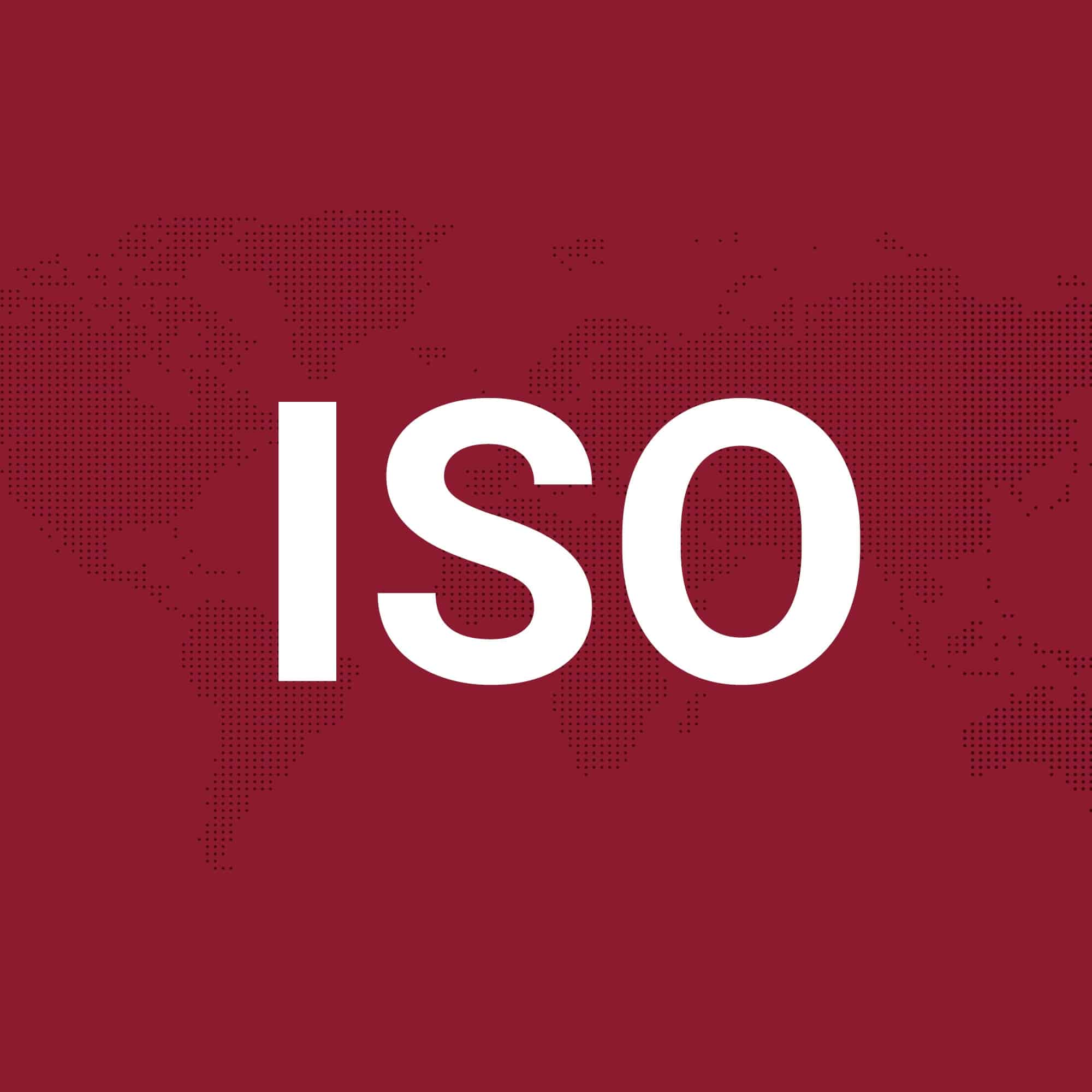ISO 585 defines methods for exposing thermoplastics to artificial UV radiation, sets conditions for temperature and humidity, and outlines criteria for assessing physical and visual changes. It is used to evaluate and document the weathering resistance of plastics, supporting quality control and product development for outdoor applications.

Overview of ISO 585
ISO 585 specifies the methods and requirements for determining the effect of ultraviolet (UV) exposure on thermoplastics, especially materials used in the manufacture of pipes and fittings. The standard provides a consistent framework for subjecting samples of plastic material to controlled UV radiation under predefined conditions, allowing manufacturers and laboratories to evaluate the material’s resistance to weathering and degradation. This is particularly relevant for products used outdoors, where long-term exposure to sunlight may impact performance and durability.
Key elements of ISO 585
One of the core elements of ISO 585 is standardization of the amount and type of UV radiation used during testing, as well as the assessment of resulting changes, such as discoloration, surface cracking, or reductions in mechanical properties. The standard typically references fluorescent UV lamps or xenon arc lamps as the artificial sources of radiation, ensuring samples receive consistent doses for comparable results. Assessment often includes visual inspection and measurements of physical properties post-exposure to gauge material stability.
Test results and documentation
The ISO 585 test process results in a detailed record of observed changes and quantified data regarding any reduction in mechanical strength, elongation, optical properties, and color integrity. The outcomes can help manufacturers and quality control specialists compare the UV resistance of different materials or formulations, support product development, or verify compliance with relevant standards for outdoor durability.
Takeaway
ISO 585 sets forth a clear and repeatable method for evaluating the impact of UV radiation on thermoplastic materials, crucial for quality assurance in outdoor applications.
Sample preparation
Select representative samples of the thermoplastic material or finished product (such as pipes or fittings) according to the requirements outlined in ISO 585. Ensure samples are of the correct dimensions and surface condition to provide accurate and meaningful results. Label and condition samples as needed prior to exposure, following any applicable guidelines or instructions for each material type.
UV exposure
Place the prepared samples into the designated testing equipment, typically equipped with fluorescent UV or xenon arc lamps. Set the environmental parameters as specified by ISO 585 to control the intensity, wavelength of UV radiation, temperature, and humidity during the exposure period.
Post-exposure evaluation
After completing the prescribed period of UV exposure, remove the samples from the chamber. Carefully inspect for visible changes such as discoloration, surface cracks, or other surface degradation. Perform mechanical and physical tests if required by the standard to quantify changes in strength, elongation, or other relevant properties. Record all measurements and observations using the specified reporting format.
Result documentation
Prepare a comprehensive test report that details the original sample characteristics, test parameters, length of exposure, and all findings related to the condition and performance of the samples post-exposure. Include supporting data, photographs, and reference to the standards used throughout the test.
Compliance assessment
Compare results to acceptance criteria established by the manufacturer, industry standards, or customer requirements. Use the findings from ISO 585 testing to support claims of UV resistance, help with product development decisions, or demonstrate compliance for regulatory submissions. If failures or issues are detected, document the outcome and recommend corrective actions as needed.
Summary
Following the ISO 585 procedure ensures that plastic materials and finished products are rigorously tested for resistance to UV exposure. This helps verify suitability for outdoor use and aids in the ongoing improvement of material formulations and product designs.
We are at your disposal for any questions, comments and suggestions. We look forward to hearing from you.
Feel free to contact us using the contact form below.
We strive to answer all inquiries within 24 hours (on working days).